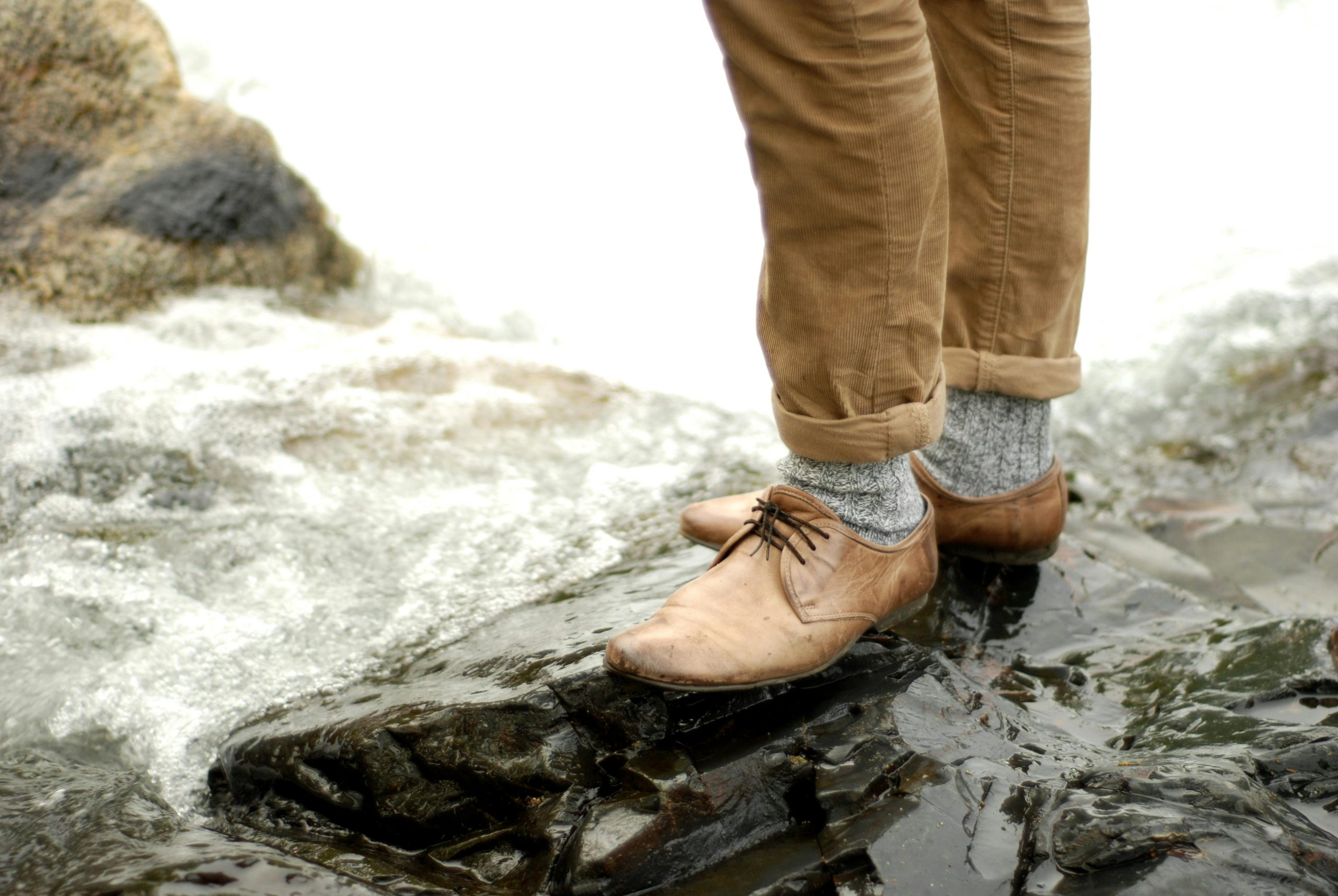Title: The Great Shoe Debate: Navigating Fashion Norms for Your Next London Event
As an American preparing for an exciting trip to London for a friend’s wedding, I found myself contemplating a pressing question about style and social perception. Specifically, I was curious to know if the choice of footwear—particularly brown or tan shoes—could impact how one is perceived in a city known for its keen sense of fashion.
I had invested in a striking high-end blue suit, which I intended to pair with sleek dark brown shoes, a combination that I believed would be quite fashionable back home. However, a fellow wedding party member cautioned me against this choice, suggesting that in London, wearing brown shoes might be considered a fashion misstep and could even signal a lower class status. This revelation left me in a quandary.
Could it really be true that such subtle sartorial choices could convey social standing? To play it safe and to respect local customs, I opted for a different footwear option during my time in the U.K.
This experience raised a broader question about how regional fashion norms can influence our choices, especially when attending significant events like weddings. While some styles may thrive in one cultural context, they can become less favorable in another. As global citizens, it might be beneficial for us all to remain aware of these nuances, ensuring that we feel confident and appropriately attired, no matter where our travels take us.
If you find yourself in a similar situation—standing on the brink of an important event in a new city—consider researching local fashion trends. This can help you navigate the complexities of attire while also enhancing your experience in the vibrant fashion landscape of your destination. After all, every occasion is an opportunity to celebrate not just personal style, but also cultural understanding.


This is a fascinating discussion that highlights how fashion norms can vary significantly across cultures and regions. In the UK, particularly London, traditional sartorial wisdom often associates dark brown or tan shoes with a more casual or less formal look, especially when paired with a dark suit. While in many places brown shoes are versatile and universally stylish, in certain formal or traditional contexts in London, black shoes are typically viewed as more appropriate for events like weddings, conveying a polished, respectful appearance.
However, it’s worth noting that fashion norms are evolving, and personal style increasingly takes precedence over rigid rules. That said, understanding these subtle cultural cues can certainly help travelers navigate social settings more comfortably and respectfully. Your decision to opt for different footwear shows thoughtful cultural awareness, which is always appreciated. Ultimately, confident and respectful dressing—paired with an understanding of local customs—can turn fashion choices into expressions of cultural appreciation, not just personal style. Thanks for sparking this insightful conversation!
Interesting point about footwear and social perceptions in London
As a London resident, I can share some insights on this topic. While fashion norms vary across different contexts, the idea that brown or tan shoes might be perceived as lower class in London isn’t as straightforward as it might seem. Historically, black shoes have been associated with formal and professional settings, but brown shoes are quite common and versatile, especially for less formal occasions.
However, there are some nuances:
Ultimately, the key is to match your shoes to the occasion, your outfit, and the message you want to convey. In London, fashion is quite eclectic and individualistic, so there’s usually room for personal expression. That said, when attending formal events like weddings, opting for classic black shoes might be the safest choice if you want to align with traditional expectations.
So, in essence, while some old stereotypes might still linger, contemporary London
London Fashion Norms and Perceptions of Shoe Color
Having lived in London for several years, I can share some insights on this topic. While it’s true that traditional fashion etiquette has historically associated brown or tan shoes with more casual or less formal occasions, the social perception is evolving, especially among younger generations and in urban settings.
It’s important to note that:
My advice for visitors is to consider the event’s dress code and the specific setting. When in doubt, opting for classic black shoes for formal occasions and experimenting with shades of brown in more casual or social environments can be a polite nod to local fashion sensibilities. Ultimately, confidence and appropriate coordination are key to showcasing good style, regardless of shoe color.